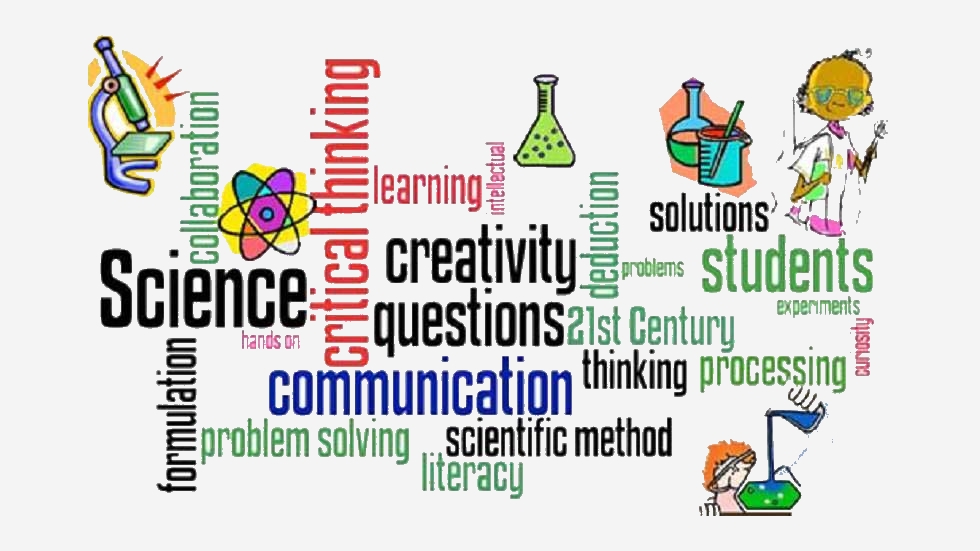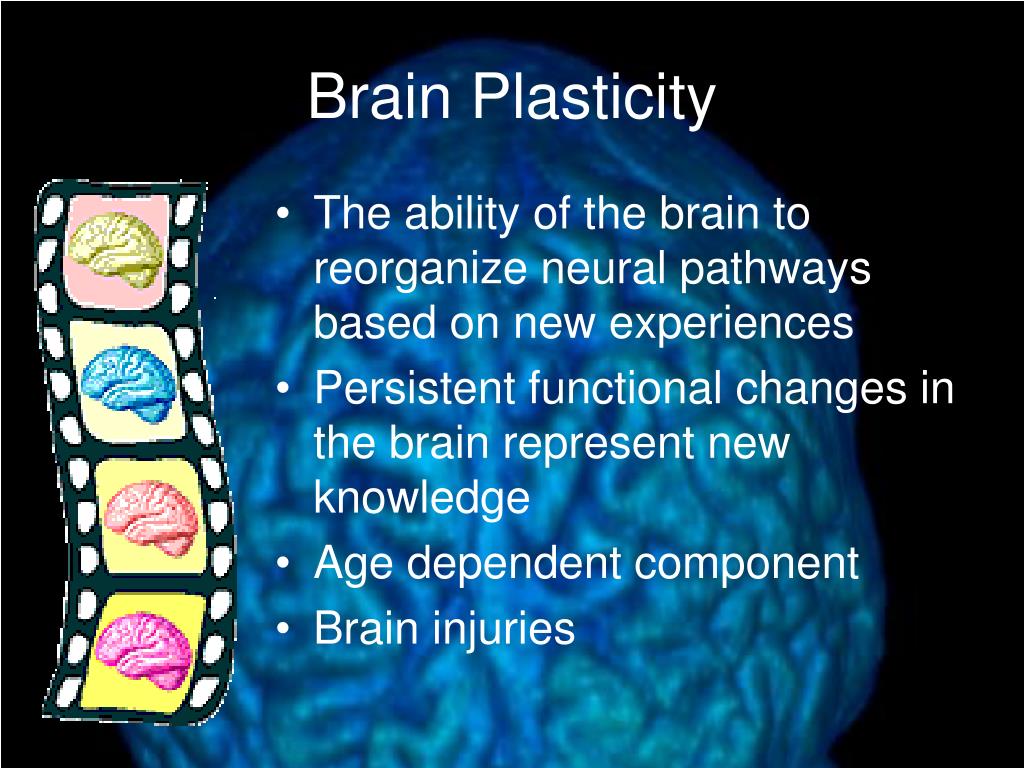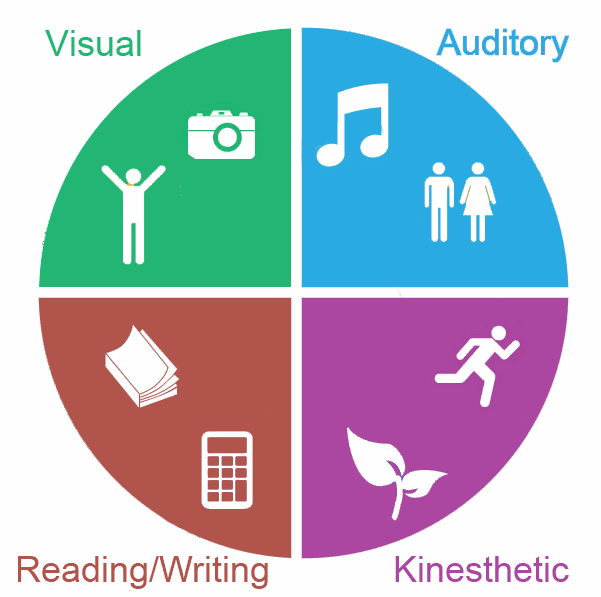The Science Of Learning Presentation
| Introduction to the Science of Learning | ||
|---|---|---|
| The science of learning focuses on understanding how humans acquire knowledge and skills. It combines insights from psychology, neuroscience, and education. Research in this field helps optimize teaching and learning strategies. | ||
| 1 | ||
| Brain Plasticity and Learning | ||
|---|---|---|
| The brain has the ability to reorganize and adapt its structure and function through experience. Neuroplasticity is crucial for learning and allows for the formation of new neural connections. Learning changes the brain's neural pathways and strengthens existing connections. | ||
| 2 | ||
| Cognitive Load Theory | ||
|---|---|---|
| Cognitive load refers to the mental effort required to process information. Cognitive load theory suggests that learners have limited working memory capacity. Effective instructional design reduces extraneous cognitive load and promotes learning. | ||
| 3 | ||
| Retrieval Practice | ||
|---|---|---|
| Retrieval practice involves actively recalling information from memory. It enhances long-term retention and promotes deeper learning. Frequent retrieval practice improves the ability to recall information in various contexts. | ||
| 4 | ||
| Spacing Effect | ||
|---|---|---|
| The spacing effect suggests that learning is more effective when study sessions are spaced over time. Distributed practice, with intervals between study sessions, leads to better long-term retention. Spacing out learning sessions allows for better consolidation and retrieval of information. | ||
| 5 | ||
| Interleaving | ||
|---|---|---|
| Interleaving involves mixing different topics or skills during practice. It enhances learning by promoting the ability to discriminate between concepts. Interleaved practice leads to better transfer of knowledge and improved problem-solving skills. | ||
| 6 | ||
| Feedback and Learning | ||
|---|---|---|
| Feedback provides information about the accuracy or quality of performance. Timely and specific feedback is crucial for learning and skill acquisition. Effective feedback helps learners identify errors, adjust strategies, and improve their performance. | ||
| 7 | ||
| Mindset and Learning | ||
|---|---|---|
| A growth mindset emphasizes the belief that abilities can be developed through effort and practice. A fixed mindset assumes that abilities are fixed and cannot be changed. Adopting a growth mindset promotes resilience, motivation, and a willingness to embrace challenges. | ||
| 8 | ||
| Multimodal Learning | ||
|---|---|---|
| Multimodal learning involves using multiple sensory modalities (visual, auditory, kinesthetic) during instruction. It enhances learning by engaging different areas of the brain. Combining text, images, and interactive elements can improve comprehension and retention. | ||
| 9 | ||
| Application of Science of Learning | ||
|---|---|---|
| Applying the science of learning can improve teaching practices and educational outcomes. Teachers can design instruction that aligns with students' cognitive processes and needs. Students can adopt effective study strategies based on evidence-based learning techniques. Note: Each slide should contain relevant images or graphics to enhance understanding and engagement. | ||
| 10 | ||









